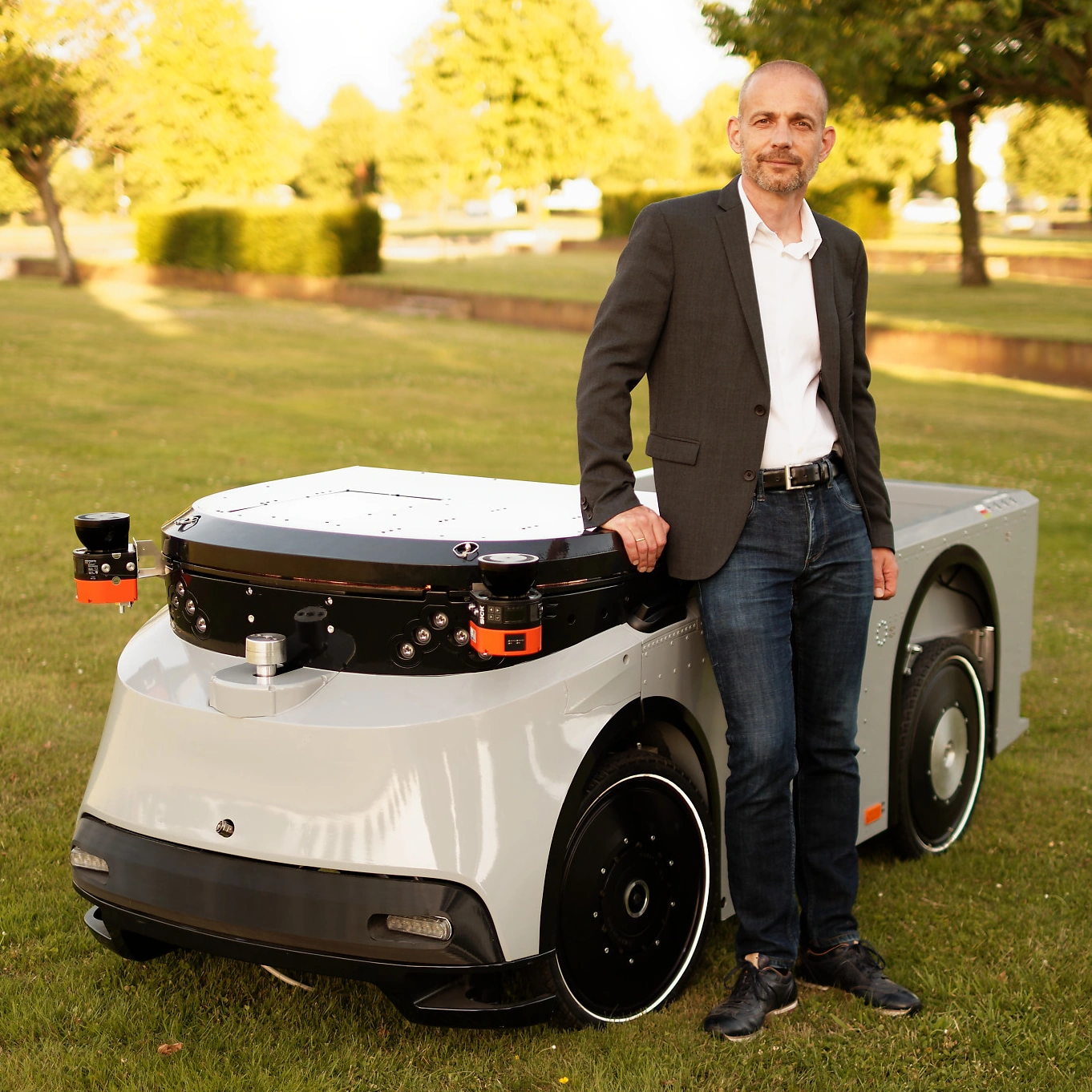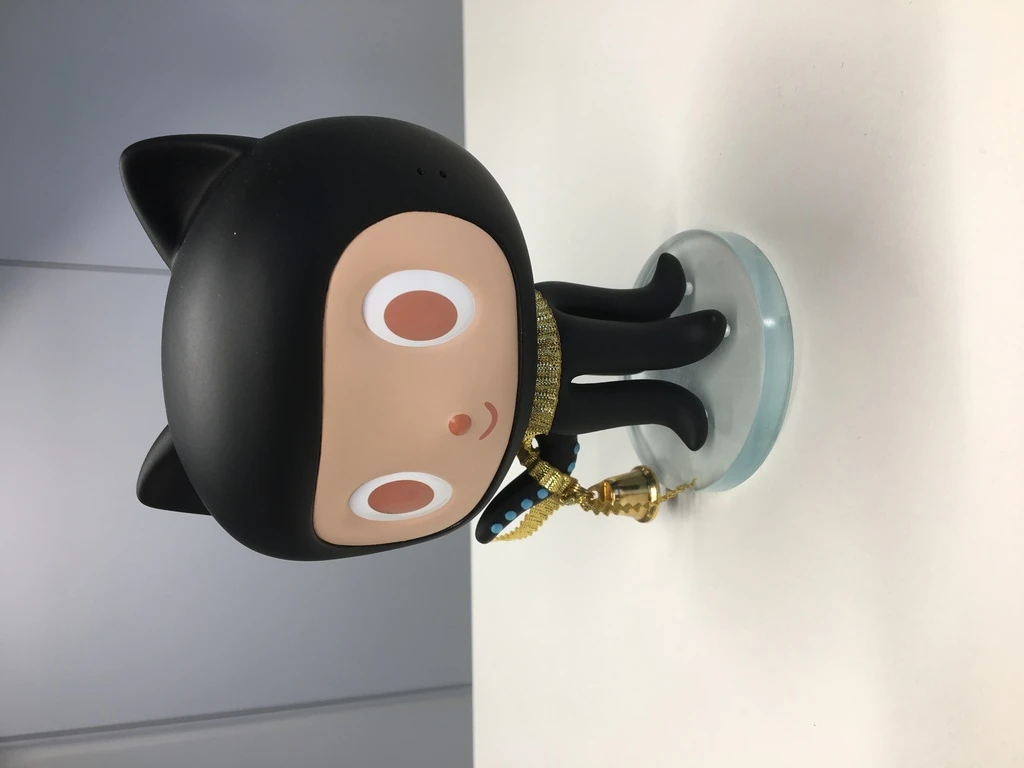I am going to put music in your pocket […] somewhere between 500 and 1000 songs right in your pocket cuz I can’t stand looking at that inexplicable Walkman anymore. You’re carrying around a brick playing cassette tape. We’re not savages!
You’ve got to start with the customer experience
Steve Jobs once said the following wise words about product design:
You’ve got to start with the customer experience and work backwards to the technology.
You can’t start with the technology and try to figure out where you’re going to try to sell it and I’ve made this mistake probably more than anybody else in this room and I’ve got the scar tissue to prove it and I know that it’s the case and as we have tried to come up with a strategy and a vision for apple it started with “What incredible benefits can we give to the customer? Where can we take the customer?” not starting with “Let’s sit down with the engineers and figure out what awesome technology we have and then how we’re going to market that!” and I think that’s the right path to take.
Through painful errors for which I had to pay high prices, I found out that this is easier said than done. You are always wiser after giving an idea a try1.
I am going to put music in your pocket
Despite the specific dialogue being fictionalized for dramatic effect, and while this film scene in this exact form never actually happened, this movie scene from the movie “Steve Jobs” captures the emotional tension and key facts of Jobs’ relationship with his daughter Lisa:
At a critical point in the conversation, Steve Jobs finds no other way to express his love but by making a promise about key features of a product that had not even been worked on yet2.
I am going to put music in your pocket […] somewhere between 500 and 1000 songs right in your pocket cuz I can’t stand looking at that inexplicable Walkman anymore. You’re carrying around a brick playing cassette tape. We’re not savages!
Your design reflects your personality
What strikes me about Steve Jobs is his profound impact on Apple’s products, even years after his death and more than ten additional generations of the iPhone. On the positive side, there is an astonishing number of key features of that product that confirm the customer experience drove the product design3. In stark contrast to this, one can also observe that the much darker parts of Steve’s spirit are very much alive in those tiny boxes (and their larger tablet counterparts).
And those are all about sharing.
To say it nicely: Sharing was not Steve’s primary concern. Taking advantage of the help provided by others was4. This reflects in many facets of Apple’s products and ecosystem.
Steve Jobs initially denied paternity for his daughter Lisa after her birth in 1978, even publicly rejecting that Lisa was his daughter and disputing the DNA test results. He even refused to provide financial support for Lisa and her mother, Chrisann Brennan. And he went beyond that. At one point, when Chrisann asked Jobs to buy a house for herself and their daughter, he toured the property she had in mind; however, he ultimately purchased the home for himself and his new wife, Laurene Powell Jobs5.
Now, let’s examine Apple’s product landscape.
-
You have that glossy iPhone or iPad at home? Well, iOS does not support multiple user profiles, making family sharing impossible for individuals who value privacy or data protection. Notice that the product design forces you to share all your data if you want to share your device. But why?
Not exposing all your data to others, even within your own family, is a matter of responsibility. Your kids should not have insight into all of your communication, especially when a close friend sends a note about severe medical conditions (been there, seen that).
-
Ever tried to share that photo you made with your friend immediately? What if she does not possess an iPhone because she is a true professional and prefers the User Experience and configurability of an Android system? Hmm. The AirDrop protocol is proprietary. Even when reverse-engineered, it is not officially supported on Android devices, and Apple retains the power to restrict or modify these protocols at will, creating future barriers for interoperability.

- Observe how Apple6 fights back on any regulatory attempt to enforce interoperability among devices. We are lucky enough that they could not prevent the EU common charger rules.
- Despite the widespread use of open-source components in the underlying operating systems—such as the Mach kernel in iOS and macOS—Apple has an ambivalent attitude towards the Open Source idea. Andrew Hyatt7 put it this way:
Apple Open Source is truly a strange beast. In many ways, it portrays Apple as a company that values open source and wants to give back to the community. But in many ways, it falls short of this and represents an effort to look like they care about Free & Open Source Software.
Corporate personalities and their strategic choices can profoundly influence the characteristics of the products they create—shaping the user experience far beyond mere hardware and software design.
Let us acknowledge Steve Jobs’ remarkable achievements, while also not forgetting the challenges this world faces due to his shortcomings.
It’s all about me
And this is all about me. The most challenging question I have to ask myself is, to what extent my history, my brightness, and my darkness continue to influence the way I write software, the architecture I propose, how I shape products, how my way of thinking is reflected in the user interface and the user experience of all that I design.
To give you one example: For what reason is the Ducktrain vehicle body made out of canted and riveted metal sheets? Was ist a good decision? At the time I made the decision, it appeared so. Of course, it had nothing to do with my fascination with airfoils since I was ten and having studied Aeronautics. 😉

-
Please note that even when you intensively discuss your product with potential customers, there is plenty of room for failure. But this is a story for another day. ↩
-
Some people may dislike those salesmen who believe this is a healthy way to make progress. ↩
-
I hope you noticed the formulation of the sentence in the past form. Apple is on a steep downward track regarding User Experience and Ergonomics. Cory Doctorow coined the term Enshittification for this ↩
-
Read this article. The article describes asking for help as a positive thing, but astute readers recognize the one-way road the help takes in this context. ↩
-
To be fair, Steve Jobs eventually did provide some financial support over the years, including buying Chrisann two cars, paying for Lisa’s private school tuition, and purchasing a $400,000 house, though often begrudgingly and with minimal support relative to his wealth. ↩
-
And Google, and Microsoft, and Adobe, and others. ↩
-
Andrew Hyatt “Observations of Apple Open Source” ↩




